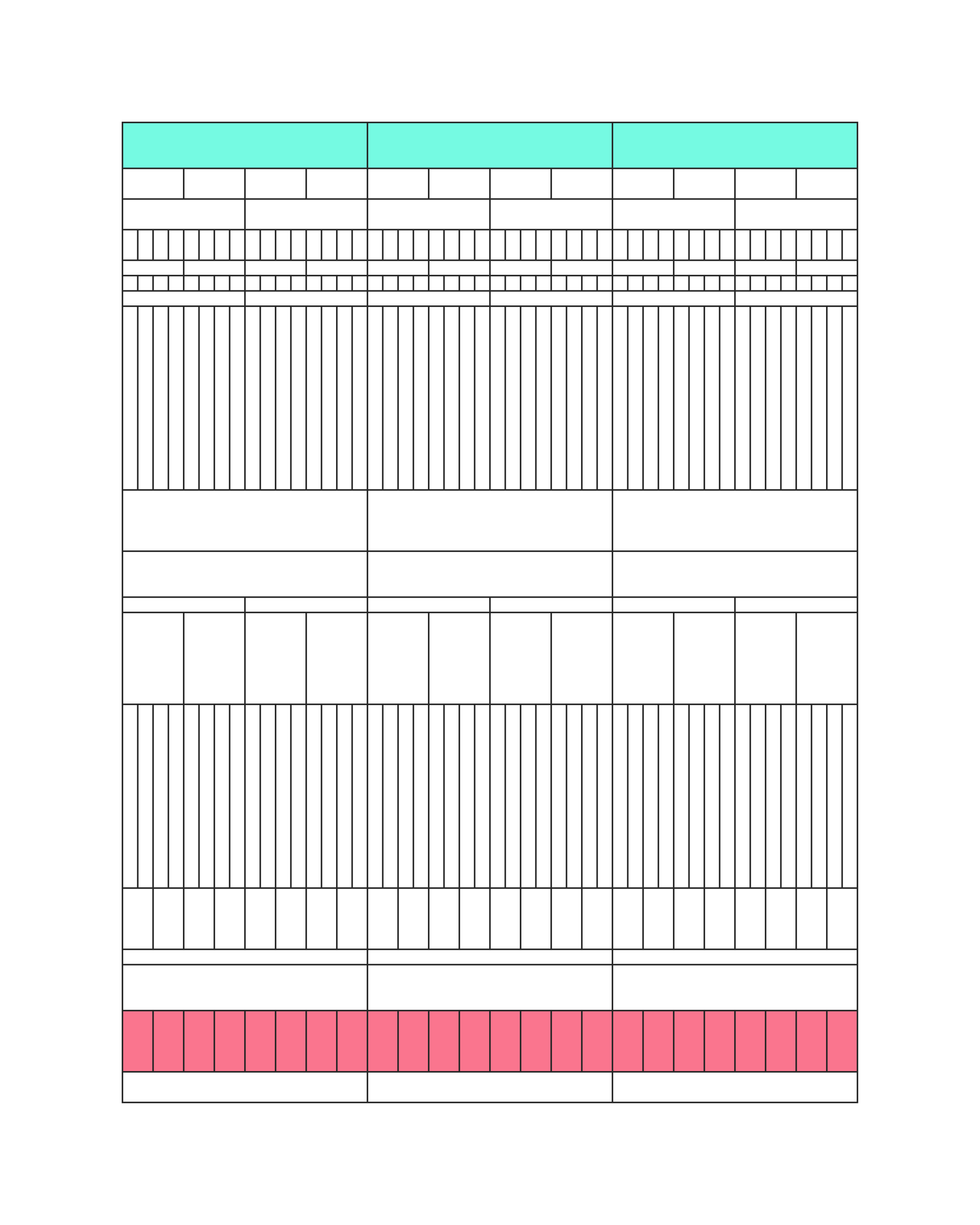JEFF DAVIS: CUADRO
Part of a series of articles & interviews released digitally that were first published in the print edition of the Bright Moments Quarterly that was distributed at Bright Moments Buenos Aires in Buenos Aires, Argentina in November, 2023.
Bright Moments: Hi Jeff! Thank you for taking the time to do this interview. We last saw you in Japan in May when you were showcasing LED alongside the Bright Moments Tokyo Collection artists. What was the live minting experience in Tokyo like for you? Did you have any creative takeaways from your time there?
Jeff Davis: The entire trip to Japan and Tokyo was really special. I'd never been to that part of the world before, so it was very meaningful to be a visitor and experience the generosity of the people and the beauty of the sights there.
Seeing my work displayed in the context of Asakura House was a surreal experience. I've never seen an art display, let alone a digital art display, in a setting like that. The custom wooden battery operated stands that were crafted for the frames were simply beautiful, and they were arranged in such a meditative way in the space.
I started working on LED prior to understanding the specific exhibition setting. I was thinking a lot about technology that I grew up with, much of which had come out of Japan. For LED, I was really tapping into the way digital screens express color through red, green, and blue pixels. As I learned more about how the work was going to be displayed, it created a really interesting dynamic in my mind that I was bridging this world between digital technology and old traditional ways. I felt that it created a really fascinating juxtaposition between these wooden stands and the digital artwork within it. It definitely surpassed all my expectations.
I think I carried some things with me from Tokyo into my upcoming collection with Bright Moments in Buenos Aires. The architectural settings in Japan are inspiring, and you might see traces of that in the linear framework and proportions for this next project. It's not necessarily explicit, but as I reflect back, I think it has influenced the art I am working on now.
In previous interviews, you have mentioned that you create your algorithms in alignment with the location the work will be exhibited. In Tokyo, display technology was your inspiration, in what ways have you been inspired by Buenos Aires?
My initial exploration began with the color aspect of my work. I started by researching the color use in South American textiles, focusing on the prominent colors that you find in various blankets, tapestries, and fabrics. That’s where I derived my initial palette for this project, which is called Cuadro. Using that research as a starting point, I organized the colors into a defined range of hues, and integrated that system with the proportional framework I was building..
Since we are on the topic of Cuadro, can you tell us more about what you have been working on? What was the inspiration behind the title you have chosen?
Cuadro is an exploration into visual proportion. There are two parts to Cuadro. It creates linear compositions and then it accents them with color.
The first part is a linear framework, broadly inspired by my long term interest in architecture and how we divide space and architectural elements into discrete units. And as I mentioned before, I think there's a thread coming in from Japanese architecture. There is a very rich sense of proportion, seriality and repetition in a lot of the architectural elements I saw in Japan, which carried over in how I was approaching the compositional framework for Cuadro. This project uses an algorithm that creates a series of proportionally sized rows and then divides each row proportionally into columns. Every output creates a unique rectangular grid.
The second part of Cuadro considers color proportionally. The algorithm selects one of two color harmonies, an analogous or a complementary color harmony. It then picks hues from the defined range of colors I previously mentioned and accents some number of rows in the composition with those colors. In the final composition, these colors are visually proportional steps to one another. This project is about exploring proportion through rectangular shapes and two-dimensional space alongside color progression.
Prints are the final expression of this project. Each NFT will have a 24 by 30 inch complimentary print that collectors will be able to claim.
The title was something I grappled with as I'm not a Spanish speaker. I was in Lisbon for the Non Fungible Conference, and I was already working on my project for Buenos Aires. In our Airbnb, there was a sign on a power box that had the Portuguese word “quadro” on it. I'd been already thinking about rectangles and grids, so I was really intrigued by that word. I then found “cuadro” which is a parallel term in Spanish spelled with a “c” and not a “q”. When I looked up the translation of the word “cuadro”, I discovered it has a lot of connotations. It's a word that has a variety of meanings depending on how you use it. It can refer to paintings or a picture, but it can also mean a frame, squares, a checkerboard, and it can also be used in reference to charts, tables or diagrams. I found that all of these definitions applied to what I'm working on. But since I’m not a Spanish speaker, I reached out to the Buenos Aires artists and other Spanish speaking friends to help me understand the title. The conversations confirmed Cuadro aligned with the ideas I was exploring, and it was reaffirming to get a positive response from colleagues and artists I deeply respect.
The tagline for the events in Buenos Aires is “ON CHAIN OFFLINE”. Has this prompt influenced your choice to incorporate prints into this collection?
Yes, I think that's why the printmaking element was of interest to me for this project. While we’re still using generative minting technology to create an algorithmic work, the final expression of these will come in the form of prints. I had a similar sense going into London. Prints have lent themselves very well to both of those cities, and with Buenos Aires, it was Bright Moments' expression of this theme that influenced the decision to include a non-digital manifestation of the outputs.
I have been making digital prints for almost 25 years and have a good understanding of resolution requirements and the differences in color gamut between digital and physical media. It is a different approach because when I work purely digitally, whether it's animated or not, I'm generally interested in exploring a full range of colors—every single color you can achieve on a screen. I like exploring how screens themselves serve as light sculptures and how they affect the space they are in. When there's a monitor on a wall with a lot of bright colors, it shines light back out into the space. For print, you have to come at it a little differently. You can't use those same colors and assume they'll print properly. On top of that, the resolution tends to be higher depending on the size of the print being made. So there's a little bit more of a rigid framework for prints, more of a box that you have to work inside of to ensure the quality of the physical outputs.
As an artist, you're quite uniquely placed because you have some sense of foresight and hindsight in terms of what you've done with Bright Moments. How has being a recurring artist on this roadmap influenced your creative practice, if at all?
There isn’t necessarily an overarching themeover all my projects because everything has happened so organically. It’s been a process of going from city to city, and figuring out how the different pieces in this body of work could connect conceptually.
Working with Bright Moments has created more freedom of expression for me. Part of it comes from the excitement of learning about and traveling to places in the world that I've never been to before. Each exhibition venue is totally different and unique from the one prior, so you're tuning your work from place to place. These different external factors have caused me to expand my thinking and incorporate new ideas into my creative practice.. For instance, I had never done animated work before and now half of my projects with Bright Moments are animated and have a time-based element. I'd done printmaking all my career prior to NFTs, but since starting NFTs, I hadn’t explored physical manifestations of my NFT work. I did prints for Formations in London, and Cuadro will be the second project I've done with a physical print component.
Can you walk us through what your creative process looks like more broadly?
I tend to work best when I have a little bit of context and something to help anchor my thinking. In the case of Bright Moments, it's the city and the theme of the events. So that gives me some initial sort of conceptual framework to think about what I want to create. Once I have that, I do a lot of thinking and mulling over ideas. In my mental pockets of not being engaged with other things, I think about the project, mentally build it over time, and sketch ideas on graph paper until I have a clear picture of what I want to develop. From there it's production time and I'll normally have a heavy duty coding period where I'm spending late nights, long periods of time just hammering it out and getting the code structured to what I've been visualizing.
Once that is down, I'm probably 90% of the way done with the algorithm. Then I like to have ample time to run outputs and do a lot of fine-tuning of variables and features. I check what happens if I undo certain decisions I made, make them random, and see if any interesting surprises arise from that. But generally, in my career as an artist, even when I used to paint before doing digital work, the process of making art for me tends to be a production process. It's almost like a factory. I normally conceptualize the thing that I want to make, then it’s a matter of actually building it.
We are approaching the final few checkpoints of Bright Moments' 10 city roadmap. You have been on this worldwide tour with us from the beginning. How does it feel to now be creating work for city 8?
It's really exciting to be heading into city 8. It's been such a privilege to be on this journey. I have traveled the world now in a way that I never thought would be possible, and it's been through the vehicle of my art, which is so amazing and special. Bright Moments has given me the opportunity to do so much, not just creatively, but to also meet people, create relationships, and learn about different cultures through shared experiences. It’s all been very meaningful for me.




